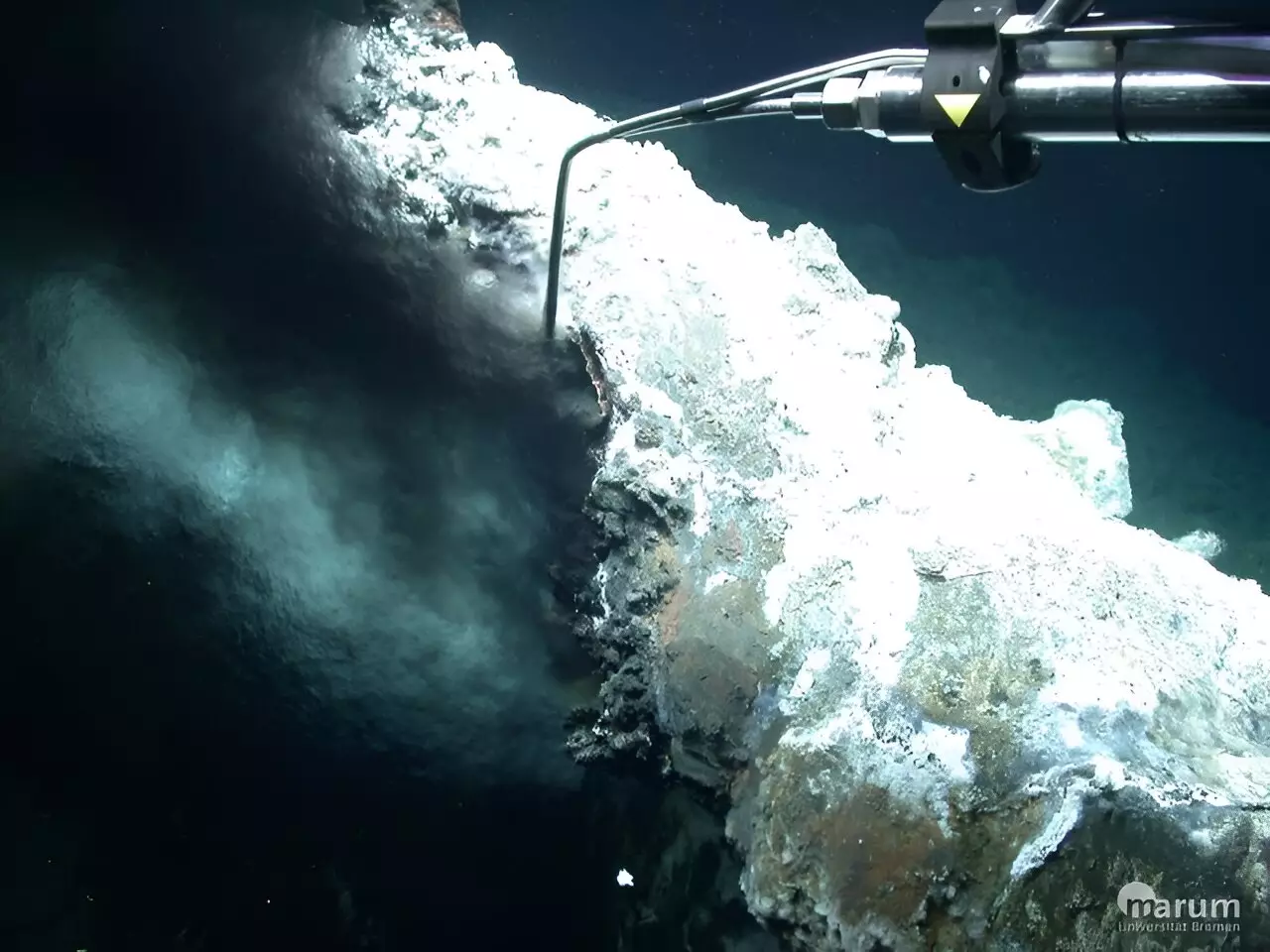The deep sea is a mysterious place, filled with wonders waiting to be explored. One of the most intriguing phenomena found in the depths of the ocean is hydrothermal vents, where hot liquids escape from cracks in the sea floor. Recently, a groundbreaking discovery was made during the 2022 MARIA S. MERIAN expedition, led by Prof. Dr. Gerhard Bohrmann. The team uncovered the first field of hydrothermal vents on the Knipovich Ridge, shedding light on a previously unknown part of the ocean.
The Science Behind Hydrothermal Vents
Hydrothermal vents are formed when water seeps into the ocean floor and is heated by magma. The heated water then rises back to the sea floor, bringing with it minerals and materials dissolved from the oceanic crust. These fluids often seep out through tube-like chimneys called black smokers, where mineral-rich deposits are formed. The discovery of the Jøtul Field on the Knipovich Ridge offers a unique opportunity to study these fascinating geological processes up close.
One of the key findings of the MARIA S. MERIAN expedition was the high concentrations of methane detected in the fluid samples collected from the Jøtul Field. Methane emissions from hydrothermal vents can have significant implications for climate change, as methane is converted into carbon dioxide as it travels through the water column. This increased concentration of CO2 can contribute to ocean acidification and impact climate when released into the atmosphere as a greenhouse gas.
Despite the groundbreaking discoveries made during the expedition, there is still much to learn about the Jøtul Field and the organisms that inhabit this unique environment. To further expand our knowledge, a new expedition led by Gerhard Bohrmann is set to embark on a journey to explore and sample uncharted areas of the hydrothermal field. By collecting extensive data and comparing it to other known hydrothermal fields in the Arctic, such as the Aurora Field and Loki’s Castle, scientists hope to uncover new insights into this enigmatic ecosystem.
The discovery of the Jøtul Field marks an important milestone in our understanding of hydrothermal vents and their impact on the environment. As we continue to explore the hidden world beneath the ocean’s surface, new discoveries await that could shape the future of climate research and marine conservation. The research conducted on the Knipovich Ridge serves as a reminder of the vast and uncharted territories that lie beneath the waves, waiting to be uncovered and studied for the benefit of all.


Leave a Reply